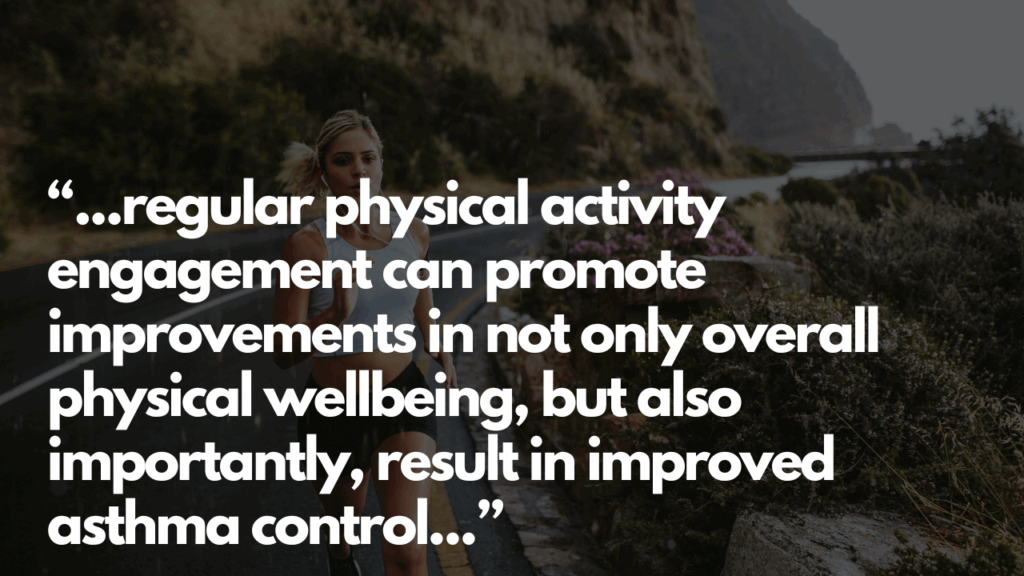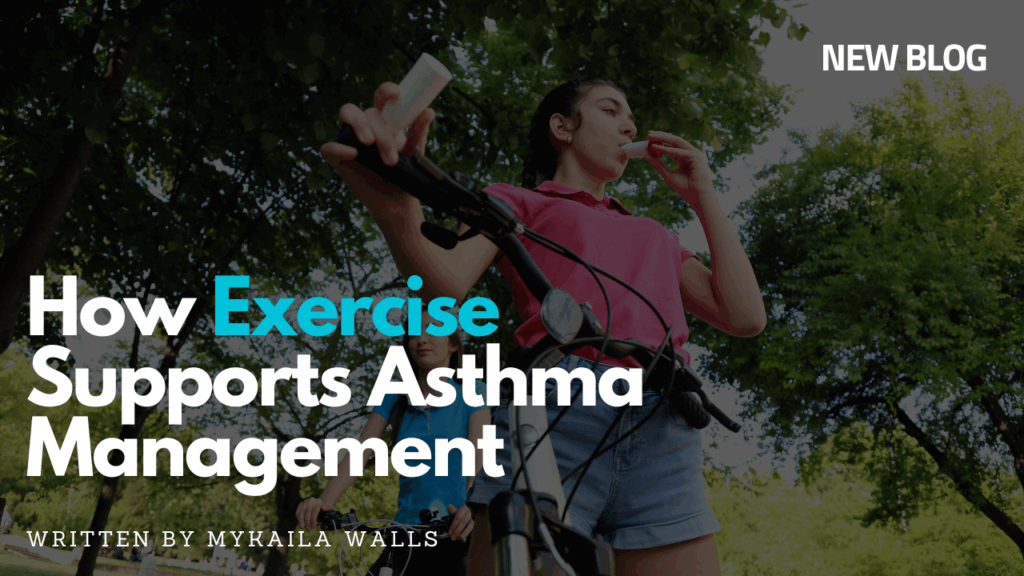National Asthma Week
From 1 September until 7 September 2025, Asthma Australia is
conducting National Asthma week to highlight the importance of Asthma
management and to support those living with Asthma.
Prevalence of Asthma in Australia
Asthma is a chronic lung condition, impacting the airways, resulting in them to become inflamed and narrowed, thus making it difficult for individuals to breathe. Asthma can be characterised by reoccurring episodes of wheezing, shortness of breath, chest tightness and coughing (National Asthma Council, Australia, 2024).
- In 2022, an estimated 2.8 million Australian’s were living with Asthma.
- In 2023, Asthma accounted for 2.5% of the total disease burden
- Asthma is the leading cause of total burden in children aged between one and nine years old (AIHW, 2024).
The primary cause of Asthma is unknown; however, risk factors can include genetic predisposition and environmental exposure to inhaled substances and particles that are known to provoke allergic reactions or irritate the airways. Triggers to Asthma can include viral respiratory infections, allergens, tobacco smoke, air pollution, chemical irritants, including perfumes and strong odours (AIHW, 2024).

How can exercise participation help in the management of Asthma?
Engaging in physical activity can at times trigger asthma-related symptoms, therefore leading to physical inactivity and an increased sedentary lifestyle in those diagnosed with Asthma (Panagiotou et al., 2020). Moreover, Asthma is associated with reduced psychological wellbeing and sleep quality further impacting quality of life in those diagnosed with Asthma (Lima et la., 2023). However, studies show that regular physical activity engagement can promote improvements in not only overall physical wellbeing, but also importantly, result in improved asthma control, mitigate asthma symptoms, enhance cardiopulmonary fitness and global strength and subsequently result in improved quality of life (Nyenhuis et al., 2022; Liu et al., 2025).
Participating in regular physical activity is correlated to improvements in markers associated with lung functioning (Liu et al., 2025), in addition to reductions in pulmonary and system inflammation, bronchial hyperresponsiveness and exercise induced bronchoconstriction (Lima et al., 2023).
Which modalities of exercise are most beneficial?
- Water based exercise
Studies show that swimming is a well-tolerated modality of exercise in those with stable Asthma, resulting in improvements in physical fitness and lung functioning (Foong et al., 2021). This is particularly due to swimming pool offering a humid and warm environment, resulting in decreased airway dryness and cooling.
- Moderate Aerobic exercise
Participating in modalities of exercise including walking, cycling and light jogging have been found to promote improvements in lung function, exercise capacity and asthma-related quality of life (Liu et al., 2025).
- Strength training
Studies have demonstrated that long term use of corticosteroid treatment can result in muscle loss (atrophy) over time (Hasselgren et al., 2011). However, through engaging in regular strength-based exercises, this can assist in mitigating the risk of this occurring through promoting overall improvements in global strength.
- Breathing exercises
Studies show that utilising breathing exercises can facilitate improvements in quality of life, hyperventilation symptoms and lung functions in adults with mild to moderate asthma (Chaves et al., 2020).
- Intrinsic muscle strengthening
Intrinsic muscle training targets the muscles in the diaphragm, aiming to increase strength and endurance to facilitate improvements in breathlessness, asthma related symptoms and exercise tolerance (Sogard et al., 2023).
How can Exercise Physiology Help?
Exercise Physiologists can assist individuals diagnosed with Asthma in the implementation of an individualised, goal-based exercise program to assist in promoting overall improvements in asthma related symptoms, alongside, usual care including pharmacology. Exercise Physiologists can monitor exercise response and adjust intensities and modalities as required to ensure exercise is safe, thus reducing the risk of triggering symptoms. Moreover, through engaging in Exercise Physiology and increasing weekly physical activity levels, this can lead to improvements in psychological wellbeing, asthma control, sleep quality and overall quality of life.
Written By Uplift EP, Mykaila Walls

